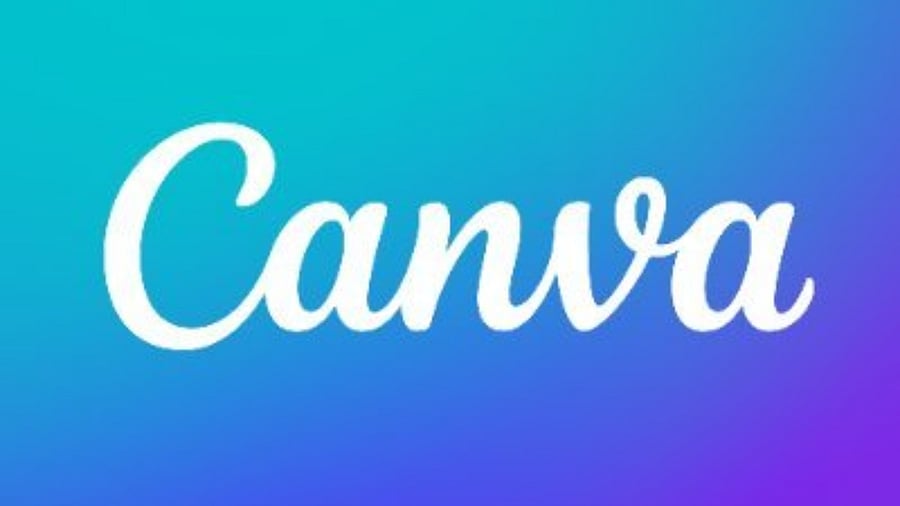
Canva.
Credit: Twitter/@canva
New Delhi: India is the fourth-largest and among the fastest-growing markets for Canva globally, and the popular graphic design platform hopes to make it number one market in the coming years, driven by strong traction from creators, students, and growing use of AI tools, according to Canva India head Chandrika Deb.
The comment comes at a time when India has emerged as a powerhouse for global AI and tech firms, backed by digital-first, young population, attractive market size, and rapidly expanding internet and data infrastructure. India's AI market, growing at a compound annual growth rate (CAGR) of 25-35 per cent is projected to reach USD 17 billion by 2027, as per a Nasscom-BCG report.
"Canva is the world's largest design platform today and India is actually one of our top markets that is driving growth for Canva," Deb, country manager for Canva India, told PTI in an interview.
Indians have created over 2.8 billion designs on Canva so far, with about 2.5 million new designs generated daily, she said.
"We're the fourth largest market for Canva (in user base). We've also been consistently one of the fastest-growing markets. So we've been growing at a strong double-digit growth over the last 2-3 years," Deb noted.
The huge base of users notwithstanding, Canva continues to see tremendous growth coming from this market.
"We have one of the world's largest student communities, we have one of the world's largest creator communities as well. So we definitely see India rising in the ranks, there's no reason why India shouldn't be the number one market for Canva and that is the ambition that we're all aiming for, and all our investments are in that range," Deb said.
Strong adoption of AI features in the market is adding to the sheen.
"...Be it Canva AI, which we launched a few months back, whether it's all the features that we have, like magic write, translate, magic design. So tremendous growth coming from India across segments, creators, educators, small businesses, consumers, knowledge workers, across the spectrum, we're seeing that there's a lot of emphasis on design and people are really engaging in using Canva in their everyday lives, whether it's for work or personal use," she observed.
Recognising India's mobile-first ecosystem, Canva has focused on enabling design on-the-go.
"We've launched various hyper-local content on the platform, whether it's weddings, whether it's festivals, really understanding what the use cases of Indian users are," she said.
India's growth strategy has been anchored in tailored value propositions like 'one day, one week plans', and building strategic partnerships.
"We have been building a lot of strategic partnerships whether that's with government partners, small business communities to really see how we can empower specifically the education and small business communities to really scale their design operations and their design needs," she said.
The Australian graphic design platform has recently partnered with NCERT to roll out a teacher certification programme aimed at helping educators integrate design thinking into classrooms.
The company also works with over 500 Indian creators to co-develop local content for its design library and showcase their work on the platform.
Deb believes such localisation efforts in product and brand building have strengthened the company's position in the Indian market.
Canva, launched in 2013, is a web-based design platform that enables users to dabble in graphics, anything from invitations and cards to presentations and social media visuals, with presets and templates. The Australian design-software developer has added AI-driven design tools to its arsenal, letting users generate visuals and interactive elements using simple prompts.
"Our mission is to reach every user in India, empower them to design, and educate them about the various features that we have. And so we've invested a lot in hyper local brand building... Apart from that, we've also been investing in building a truly local product. And what that means is empowering Indian users to be able to find content that is most relevant to them culturally, linguistically, socio-economically," she said.